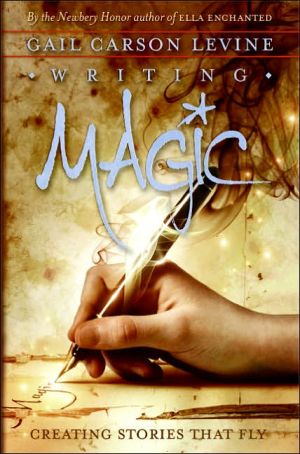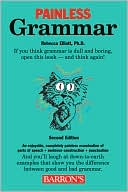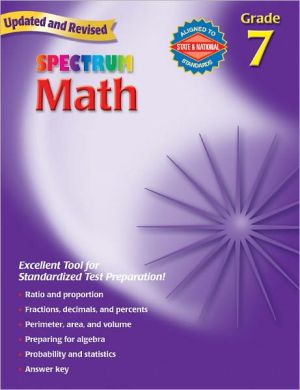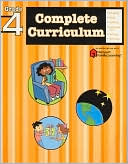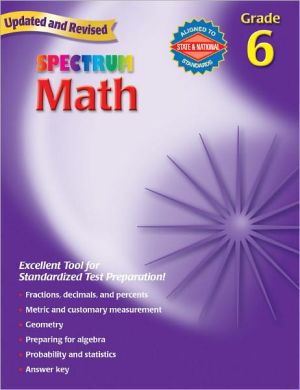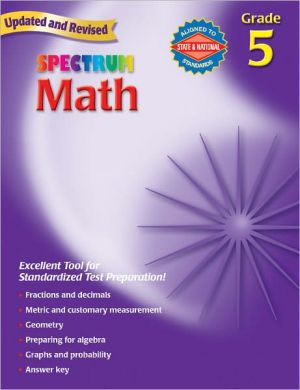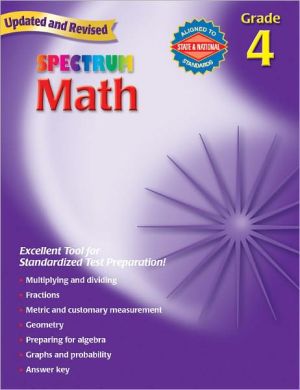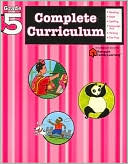Writing Magic: Creating Stories That Fly
In Writing Magic, Newbery Honor author Gail Carson Levine shares her secrets of great writing. She shows how you, too, can get terrific ideas for stories, invent great beginnings and endings, write sparkling dialogue, develop memorable characters—and much, much more. She advises you about what to do when you feel stuck—and how to use helpful criticism. Best of all, she offers writing exercises that will set your imagination on fire.\ With humor, honesty, and wisdom, Gail Carson Levine shows...
Search in google:
Do you want to write stories that catch your readers and never let go? Have you ever wondered how to create a book as magical as Ella Enchanted, as touching as Dave at Night, as captivating as Fairest? Well, now you can find out! In Writing Magic, Newbery Honor author Gail Carson Levine shares her secrets of great writing. She shows how you, too, can get terrific ideas for stories, invent great beginnings and endings, write sparkling dialogue, develop memorable characters—and much, much more. She advises you about what to do when you feel stuck—and how to use helpful criticism. Best of all, she offers writing exercises that will set your imagination on fire. With humor, honesty, and wisdom, Gail Carson Levine shows you that you, too, can make magic with your writing.Publishers Weekly"This is a book about writing fiction. But it should help you write anything," begins Gail Carson Levine in her Writing Magic: Creating Stories That Fly. The author of Ella Enchanted and Fairest supplies the first line of a story and asks readers to write for 20 minutes; she describes why she wrote this book, and why she writes. What comes through on every page is Levine's passion for craft. Aspiring writers of all ages can dip in and out of this book, which has the clarity and spareness of Anne Lamott's Bird by Bird. (Nov.) Copyright 2006 Reed Business Information.
\ \ Writing Magic\ \ \ \ Creating Stories that Fly\ \ \ \ By Gail Levine\ \ \ HarperCollins Publishers, Inc.\ \ \ \ Copyright © 2006\ \ Gail Levine\ All right reserved.\ \ ISBN: 0060519606\ \ \ \ Chapter One\ A Running Start\ This is a book about writing fiction. But it should help you write anything: e-mails, essays, greeting cards, love letters, skywriting.\ Pick one of the options below and use it as the beginning of a story. You can revise the sentences a little or a lot to make them work better for you. Feel free to change the names and to turn boys into girls or vice versa. Write for at least twenty minutes.\ Oh, and have fun!\ \ \ \ I have one green eye and one brown eye. The green eye sees truth, but the brown eye sees much, much more.\ The ghost was eating a peanut butter and jelly sandwich.\ "Be nice," my father said. "After all, he's your brother."\ I am the most famous twelve-year-old in the United States.\ Jason had never felt so foolish before, and he hoped he'd never feel so foolish again.\ If somebody didn't do something soon, they were going to have a catastrophe on their hands.\ Alison was the runt of the family, born small and ill-favored, and by the time she was thirteen, she was still small and ill-favored.\ It was a witchy house: the low-slung roof; that quiet gray paint; those squinting, shuttered windows; and the empty porch rocker that rocked, rocked, rocked day and night.\ The first time I saw Stephen, he painted a hex sign on my right arm,and I couldn't move my fingers for three hours.\ Ms. Fleming's wig had gone missing.\ \ \ \ \ Okay, you've done it. Congratulations! If you haven't finished your story, save it so you can work more on it later. If you have finished, also save it.\ At this point if you want to go back and use one of the other beginnings to write another story, please help yourself. Two stories are better than one, and three are better than two. If you like, you can write ten stories, or double up and write twenty!\ Now here are a few rules for this book and for writing:\ \ \ \ 1. The best way to write better is to write more.\ 2. The best way to write better is to write more.\ 3. The best way to write better is to write more.\ 4. The best way to write more is to write whenever you have five minutes and wherever you find a chair and a pen and paper or your computer.\ 5. Read! Most likely you don't need this rule. If you enjoy writing, you probably enjoy reading. The payoff for this pleasure is that reading books shows you how to write them.\ 6. Reread! There's nothing wrong with reading a book you love over and over. When you do, the words get inside you, become part of you, in a way that words in a book you've read only once can't.\ 7. Save everything you write, even if you don't like it, even if you hate it. Save it for a minimum of fifteen years. I'm serious. At that time, if you want to, you can throw it out, but even then don't discard your writing lightly.\ \ \ \ \ That last rule needs explaining. I used to think, long ago, that when I grew up, I'd remember what it felt like to be a child and that I'd always be able to get back to my child self.\ But I can't.\ When you become a teenager, you step onto a bridge. You may already be on it. The opposite shore is adulthood. Childhood lies behind. The bridge is made of wood. As you cross, it burns behind you.\ If you save what you write, you still won't be able to cross back to childhood. But you'll be able to see yourself in that lost country. You'll be able to wave to yourself across that wide river.\ Whether or not you continue to write, you will be glad to have the souvenirs of your earlier self.\ The three items below aren't rules; they're vows. Say them aloud.\ The Writer's Oath\ I promise solemnly:\ \ \ \ 1. to write as often and as much as I can,\ 2. to respect my writing self, and\ 3. to nurture the writing of others.\ \ \ \ \ I accept these responsibilities and shall honor them always.\ \ Continues...\ \ \ \ \ \ \ Excerpted from Writing Magic\ by Gail Levine\ Copyright © 2006 by Gail Levine.\ Excerpted by permission.\ All rights reserved. No part of this excerpt may be reproduced or reprinted without permission in writing from the publisher.\ Excerpts are provided by Dial-A-Book Inc. solely for the personal use of visitors to this web site.\ \ \
\ Harold Underdown"Writing Magic is a great introduction to writing for children. The "voice" is upbeat and not condescending. It is clearly written, and includes examples when they are needed. As far as I know, there is nothing else like this available."\ \ \ \ \ Publishers Weekly"This is a book about writing fiction. But it should help you write anything," begins Gail Carson Levine in her Writing Magic: Creating Stories That Fly. The author of Ella Enchanted and Fairest supplies the first line of a story and asks readers to write for 20 minutes; she describes why she wrote this book, and why she writes. What comes through on every page is Levine's passion for craft. Aspiring writers of all ages can dip in and out of this book, which has the clarity and spareness of Anne Lamott's Bird by Bird. (Nov.) Copyright 2006 Reed Business Information.\ \ \ VOYASporting a chummy, conversational tone shaded with the wisdom of considerable experience, this writing manual for younger teens hits all its marks beautifully. Each chapter is brief, targets a particular step in the fiction writing process, and concludes with a fun, challenging writing exercise germane to the chapter's topic. A Newbery Honor author for Ella Enchanted (HarperCollins, 1997/VOYA August 1997) and author of the recent Fairest (HarperCollins, 2006/VOYA review this issue), Levine is a friendly mentor in these pages, confiding in the reader about her relative dearth of ideas for stories, her struggles with the writing process, and her tips for creating a supportive writers' group. Each chapter covers practical ground, such as germinating seeds of ideas, working through feeling stuck, developing a voice, choosing names for characters, and submitting work for publication. The book as a whole would make an excellent textbook for creative writing classes for grades six through nine (unsurprising because it grew out of workshops for young writers that Levine leads near her home in Upstate New York). Although subsequent chapters assume that the reader has read previous ones, each chapter could be excerpted for use in stand-alone writing workshops. The prose here is engaging and the exercises useful, but the subject will appeal only to those bitten hard by the writing bug. This book is a primary purchase for school libraries and English departments, and a strong secondary one for public libraries.\ \ \ \ \ Children's LiteratureNo idea what to write about? This book is packed with ideas and suggestions about beginnings and endings, settings, plots, and character development—and these are just a few of the topics covered. What are voice and point of view? What is the difference between telling and showing? The author gives straightforward and easily understood explanations, along with many examples taken from published works. At the end of each chapter readers will find "Writing Time!"—a list of exercises to stimulate the imagination and to encourage writing. Young writers will be encouraged to write, to write more, to have fun, and to save what has been written. A good resource for young writers and one that adult writers may enjoy as well. Writing Magic is an entertaining and very informative book that will motivate beginning writers to write and, most importantly, to have fun. 2006, HarperCollins, Ages 11 up. \ —Anita Barnes Lowen\ \ \ \ \ KLIATTAs the author of Ella Enchanted, a 1998 Newbery Honor Book, Levine has a ready audience for her advice to aspiring young writers. Her 30 chapters, most of which are two or three pages long, cover all the standard topics from getting started to writing effective dialogue to dealing with rejection letters. Levine's approach is personal and conversational. She offers many examples from her own experiences and from her own writings, including her award-winning novel. Each chapter includes a number of suggestions for practicing the particular skills relevant to that chapter. Most chapters end with the mantra, "Have fun! Save what you wrote." Most of Levine's suggestions are rather fundamental, such as stressing the importance of revising as an essential element of successful writing. Some of her ideas are more provocative, such as urging her readers to "invent a word": she offers "lethescriptosis," which she defines as "the experience of having a great idea and forgetting it before you can write it down," as an example. Geared to readers ages ten and up, this book will provide some helpful suggestions for those YAs already interested in the writing process, but will unlikely be sufficient to entice more young people to write who wouldn't otherwise have done so.\ \ \ \ \ School Library JournalGr 5 Up\ The accomplished children's and young adult author speaks directly to young writers, providing advice on all aspects of fiction creation. Sections titled "Liftoff," "Heart and Guts," "Plowing Through," "Digging Deeper," and "Writing Forever" address such topics as coming up with story ideas, developing characters and plot, and finding opportunities for publication. The tone is friendly and direct, getting quickly to the point in each short chapter, which closes with writing prompts. Levine encourages readers to take their work seriously while remembering to have fun. An informative and encouraging must-read for young writers.\ —Beth GallegoCopyright 2006 Reed Business Information.\ \
